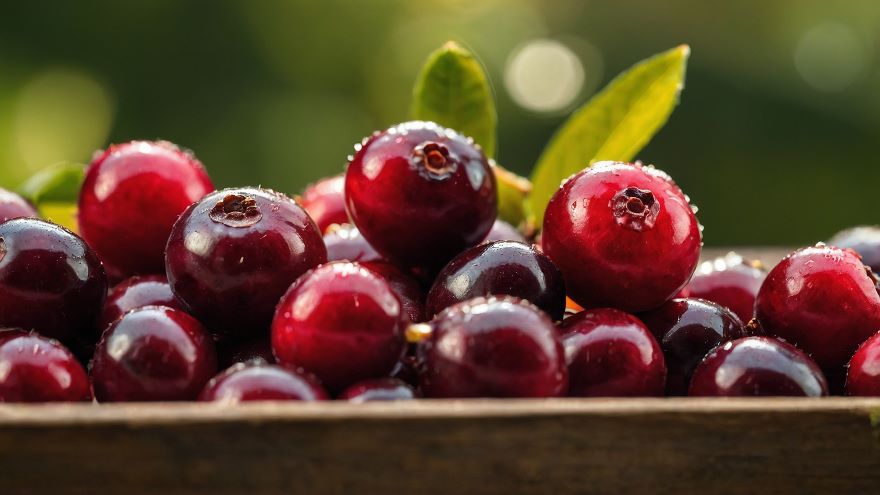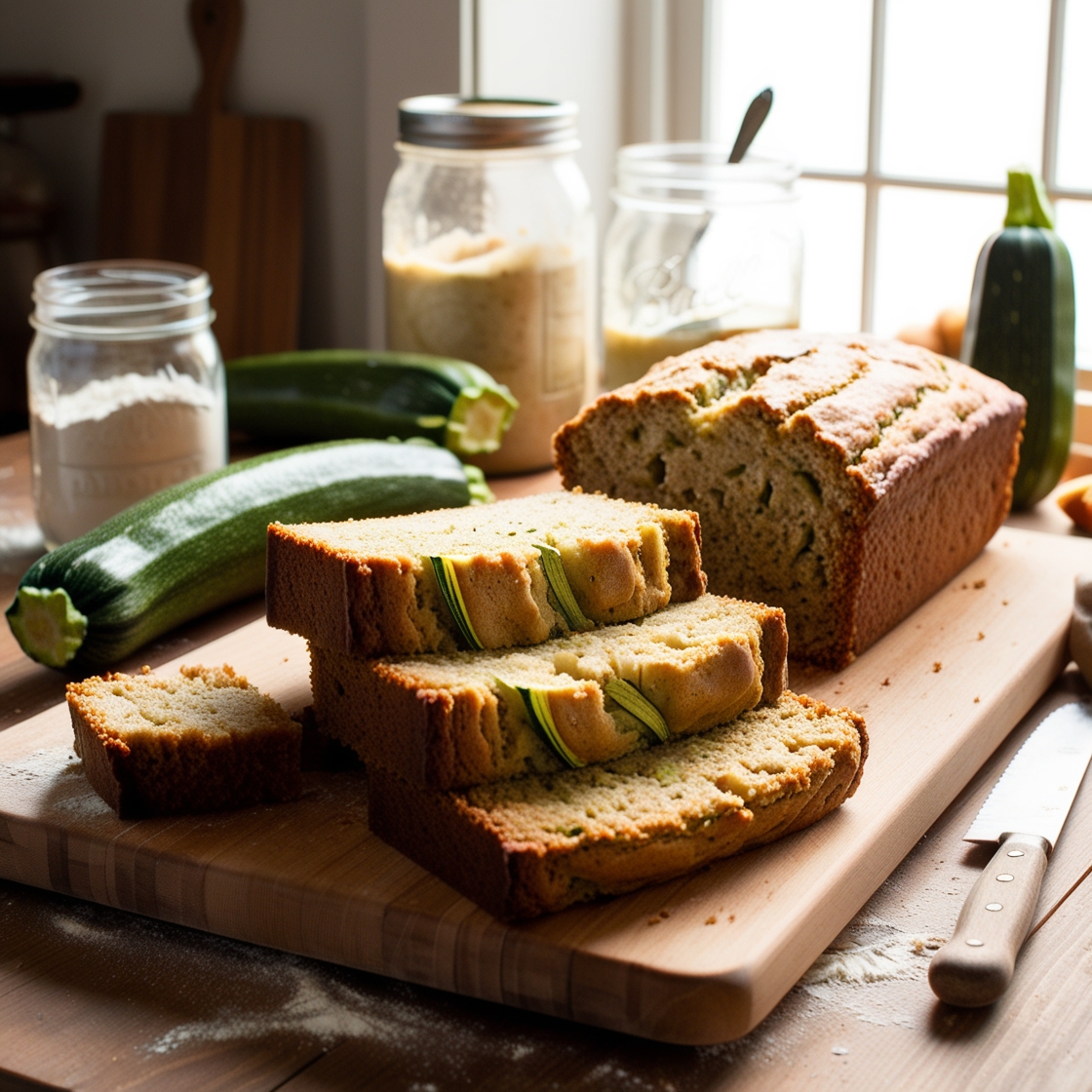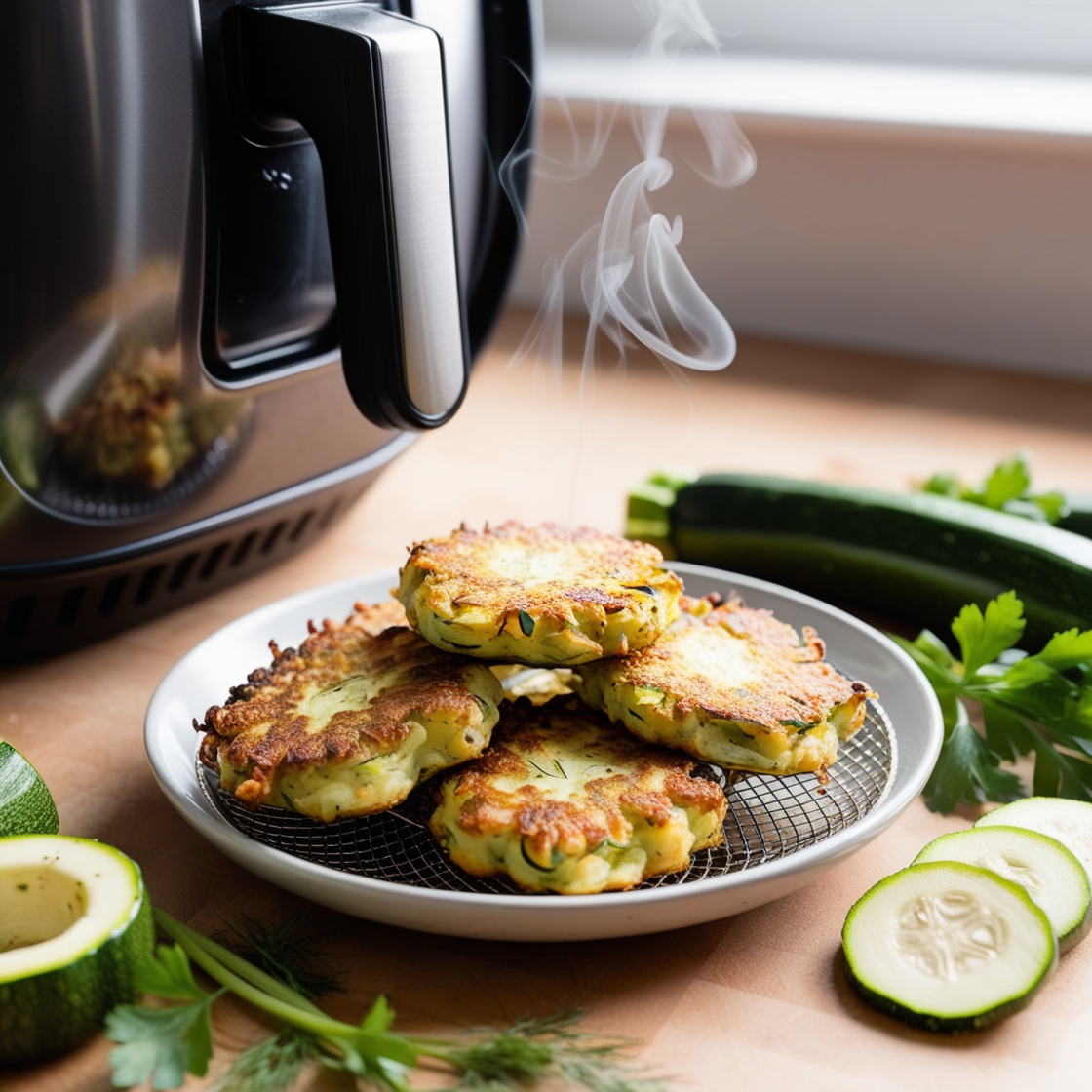Are you excited to learn about the health perks of a superfood? Look no further than the cranberry! Despite their size, these vibrant red berries provide a boost that can greatly enhance your well-being.
As a food enthusiast who appreciates plant-based diets, cranberries’ unique qualities always fascinate me.
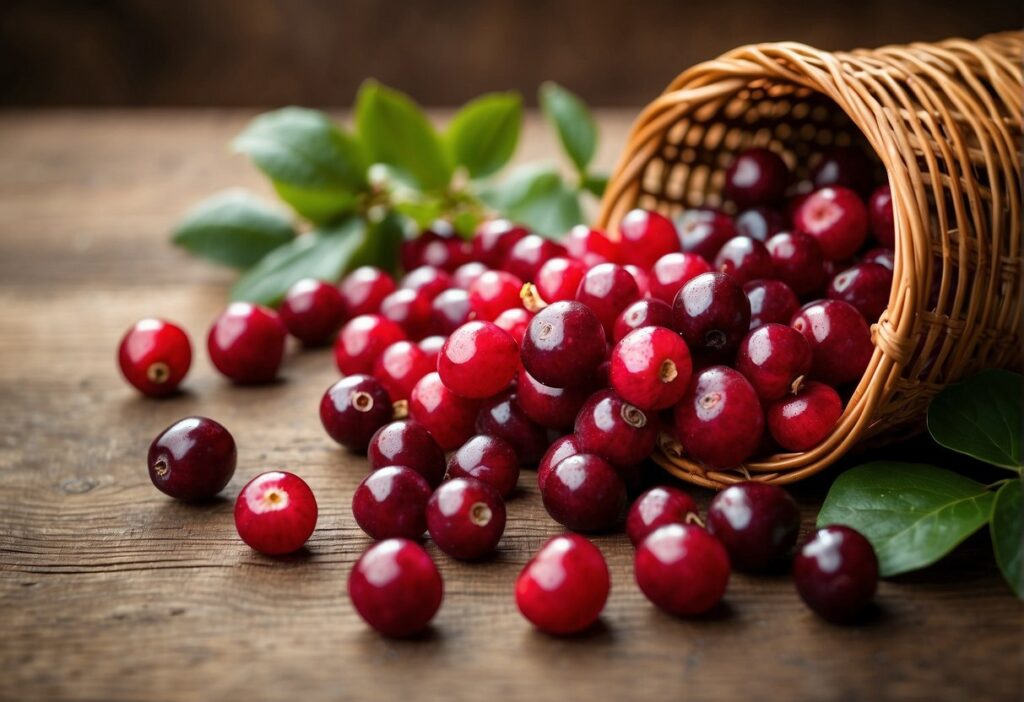
What makes cranberries stand out? How do farmers harvest cranberries? What’s the best way to select and store them to maintain their freshness and flavor? We dive into all the answers including their health benefits and offering tips on incorporating them into your diet for nutrition and enjoyment.
Whether you’re a fan of cranberries or just starting to develop an appreciation for these treats, this article provides advice on making fresh cranberries a key part of your eating routine. Let’s grab a handful of these berries together and explore the wonders of cranberries!
Picture biting into a cranberry bursting with flavor and packed with nutrients. It’s no wonder these little red fruits have earned their name as superfoods! Let’s start by delving into the properties of cranberries.
Nutritional Benefits of Fresh Cranberries
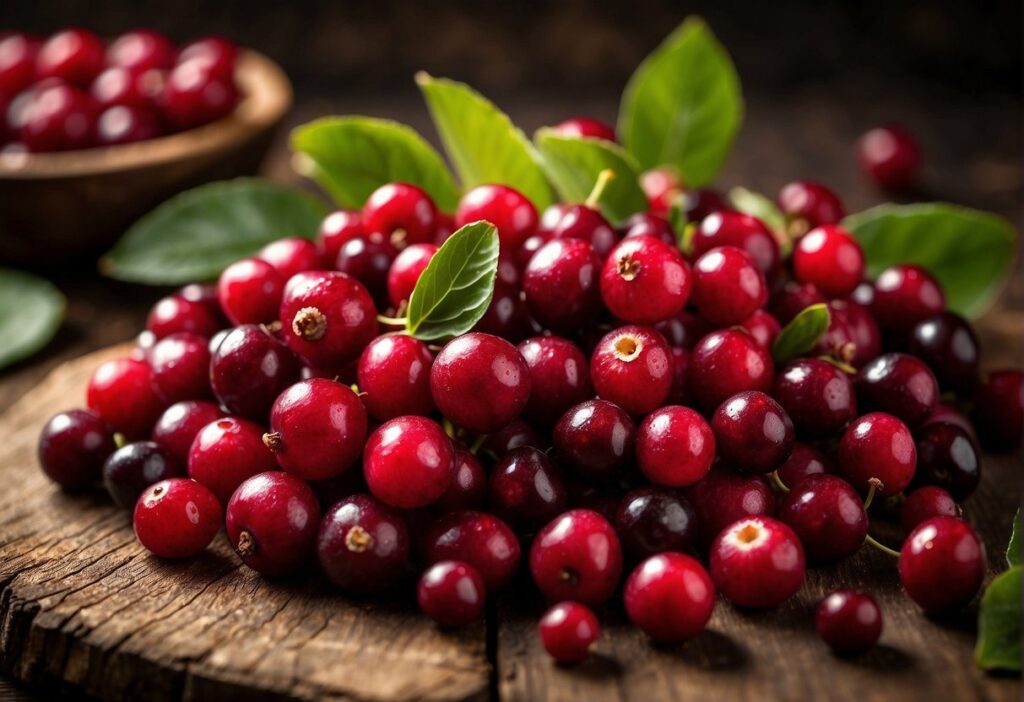
These berries contain many plant compounds like proanthocyanins, flavonoids, and phenolic acids that combat radicals in the body. Free radicals are molecules that can damage cells and contribute to conditions like cancer, heart disease and Alzheimer’s. By eating cranberries, you can protect your cells from oxidative stress and reduce your risk of serious health issues.
Antioxidants, Vitamins, and Minerals
In addition to antioxidants, cranberries offer benefits in the form of vitamins and minerals like vitamin C, vitamin E, vitamin K, manganese and copper. Vitamin C is particularly important for supporting function, collagen production and iron absorption. A single cup of cranberries provides than 20% of your daily recommended intake of this nutrient!
Fiber and Phytonutrients
Fresh cranberries not only supply vitamins and minerals but also serve as a rich source of dietary fiber. Fiber plays a role in promoting digestion by supporting bowel movements and nourishing beneficial gut bacteria. Furthermore, fiber helps promote satiety after meals which can aid in weight management and reducing cravings.
Fresh cranberries contain a variety of phytonutrients, including quercetin, myricetin, and ursolic acid, which are associated with health benefits. These natural substances from plants have shown promise in reducing inflammation, supporting heart health, improving brain function, and fighting some types of cancer.
Benefits for Immunity, Heart Health, and Gum Health
One of the known benefits of cranberries is their ability to maintain tract health. The proanthocyanins present in cranberries can help prevent bacteria from sticking to the walls of the tract thereby reducing the risk of infections. Interestingly, these same compounds may also support health by inhibiting bacteria from adhering to teeth and gums.
Additionally, let’s not forget the impact that fresh cranberries can have on heart health. The potent antioxidants in these berries help lower blood pressure, reduce inflammation, and improve cholesterol levels – all supporting a healthy cardiovascular system.
The nutritional benefits of cranberries are truly remarkable. By incorporating these berries into your meals, you can supply your body with a source of antioxidants, vitamins, minerals, and unique plant compounds that work together to promote overall health and well-being.
When you’re looking to add a low-calorie food to your diet, reach for a pack of cranberries. Your taste buds – and your body – will thank you!
After exploring the advantages offered by cranberries, let’s now delve deeper into how these exceptional berries make their way from the marshes to your dining table.
How Fresh Cranberries are Grown and Harvested
Imagine an expanse of green vines with bright red berries stretching as far as the eye can see. This idyllic sight represents a bog, the habitat of the plant.
Cranberry Bogs and Ideal Growing Conditions
Cranberries are crops that thrive in the moist conditions in wetland areas. The ideal environment for growing cranberries includes soil, fresh water, and an extended cool growing season.
The cranberry plant itself is a vine that spreads out runners on the ground to form mats of foliage. These vines can persist for years producing berries annually. The berries cluster on the vine gradually transitioning from green to a deep crimson hue as the autumn harvest approaches.
Flooding Process for Winter Protection and Harvest
The intriguing method used to harvest cranberries adds to this fascination. When the berries are ripe for picking, the bogs are flooded with water, transforming them into a sea of ruby treasures. Special machinery then stirs up the water causing the berries to detach from the vines and float up to the surface.
Following this mesmerizing process is quite a sight… floating booms gather all these floating berries together against a backdrop of shimmering water. The ripe berries are gathered using conveyor belts or pumps and transported to processing facilities where they go through cleaning, sorting, and packaging before being dispatched for delivery. Harvesting does not involve flooding; however, during the winter season, cranberry bogs are flooded to create an ice barrier that shields the vines from harsh winter conditions ensuring a successful yield in the upcoming growing season.
The combination of flooding and harvesting techniques highlights the beauty of nature and human ingenuity emphasizing why fresh cranberries are a crop. When you savor a cranberry, it’s not about relishing a fruit – it’s about recognizing the intricate journey from bog to table.
If you’re passion about cranberries, consider adding “The Cranberry Cookbook; Year Round Dishes From Bog, to Table” to your collection. . It’s truly a treasure for those who love the lively taste of cranberries. Packed with a variety of recipes, this cookbook puts cranberries front and center in every meal.
Trying out the easy-to-follow recipes, we discovered that the dishes offer some variety to the traditional favorites bringing excitement to everyday dining. From the zesty citrus cranberry relish to the equally delicious dishes, each page presents something grand yet simple to prepare. It’s not just for occasions, it’s a year-round companion for cranberry enthusiasts.
So every time you enjoy some cranberries or savor a cranberry dish, take a moment to appreciate the extraordinary process that brings these vibrant red berries to your plate. From caring for the bogs with precision to witnessing the harvest process, each stage reflects nature’s grace and resilience – along with the dedication of farmers who supply us with this superfood.
Selecting and Storing Fresh Cranberries

Once you’ve learned about how cranberries grow and are harvested it’s important to know how to select and preserve these fruits to retain their freshness and flavor.
Characteristics of the Best Fresh Cranberries
When you’re out shopping at the store or farmers market, make sure to choose cranberries that are plump, firm, and have a deep color. These characteristics signal that the cranberries are of quality and packed with flavor and nutrients. Avoid purchasing berries that look wrinkled, soft or discolored as they may be past their prime.
Sorting and Choosing the Best Berries
Here’s a fun fact about cranberries. They can bounce! That’s right! A ripe cranberry will bounce when dropped on a surface because of the air pockets inside them that give them buoyancy. To check the freshness of your cranberries, give them a bounce. If they bounce back up, they’re good to go!
Once you’ve brought your batch of cranberries home, it’s important to ensure their freshness and flavor. Start by examining the berries and removing any that feel mushy or discolored as they could be starting to spoil and might spoil the rest quickly.
Storing Cranberries in the Refrigerator or Freezer
After sorting them out, place your cranberries in a sealed container or resealable plastic bag before storing them in the fridge. With storage, fresh cranberries can last for up to four weeks in the fridge allowing you to enjoy their taste in dishes.
What if you want to enjoy cranberries all year? Freezing is the way to go! Fresh cranberries freeze well.
You can keep cranberries in the freezer for up to a year. To freeze them, simply spread them out in a layer on a baking sheet. Place them in the freezer until completely frozen. Then transfer the berries to a freezer bag or container. Store them until you’re ready to use them.
Frozen cranberries can be used similarly to fresh ones. They are especially great for baking and cooking. Just remember to thaw the berries before using them in recipes that call for cranberries as there may be a difference in texture.
By choosing high quality cranberries and storing them properly, you can ensure that you always have these gems on hand for all your recipes. Fresh cranberries are a great addition to your kitchen because of their shelf life and the convenience of freezing them. It’s an idea to stock up on these berries when they’re in season.
So go ahead. Fill your fridge and freezer with these fruits. Your taste buds (and your body) will thank you! Remember, even a small quantity of cranberries can make an impact.
Recap of the Health Benefits of Fresh Cranberries
Fresh cranberries are rich in nutrients. They should definitely be included in your diet.
Cranberries are packed with antioxidants, vital vitamins, and minerals that can support your health, heart health and digestion. These little fruits offer a variety of health benefits that should not be underestimated.
In this article, we have explored the world of cranberries discussing their value and how they can improve our well-being. We have also covered the process of cultivating and harvesting these berries as the best practices for selecting and storing them to maintain their freshness.
Incorporating these Superfoods into a Balanced Diet
Importantly, we now understand how incorporating cranberries into our diet can be beneficial for our health. By including these berries in our meals, we can supply our bodies with a combination of antioxidants, vitamins, minerals and unique plant compounds that work together to enhance our health and prevent chronic diseases.
Whether you enjoy them fresh, frozen or dried, there are ways to incorporate cranberries into your meals. From blending them into your morning smoothie or oatmeal to using them in dishes and baked goods, the possibilities are endless.
If you are looking to enrich your diet with a food packed with nutrients, consider adding cranberries. With their flavor and impressive health benefits, these small red gems are likely to become a staple in your eating routine.
Lastly, it’s important to remember that while cranberries have a lot of health benefits, they should be only one part of your diet. By mixing them with a variety of plant-based foods like fruits, vegetables, whole grains, and legumes, you can create a well-rounded eating plan that supports overall health and well-being. Don’t forget to enjoy the goodness of cranberries. Your body and taste buds will thank you! These zesty berries provide nutrients that can be enjoyed in delicious ways making them a superfood worth relishing.
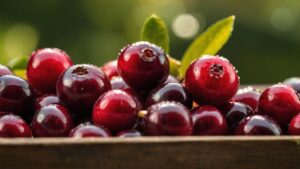
*We may earn a commission for purchases made using our links. Please see our disclosure to learn more.

